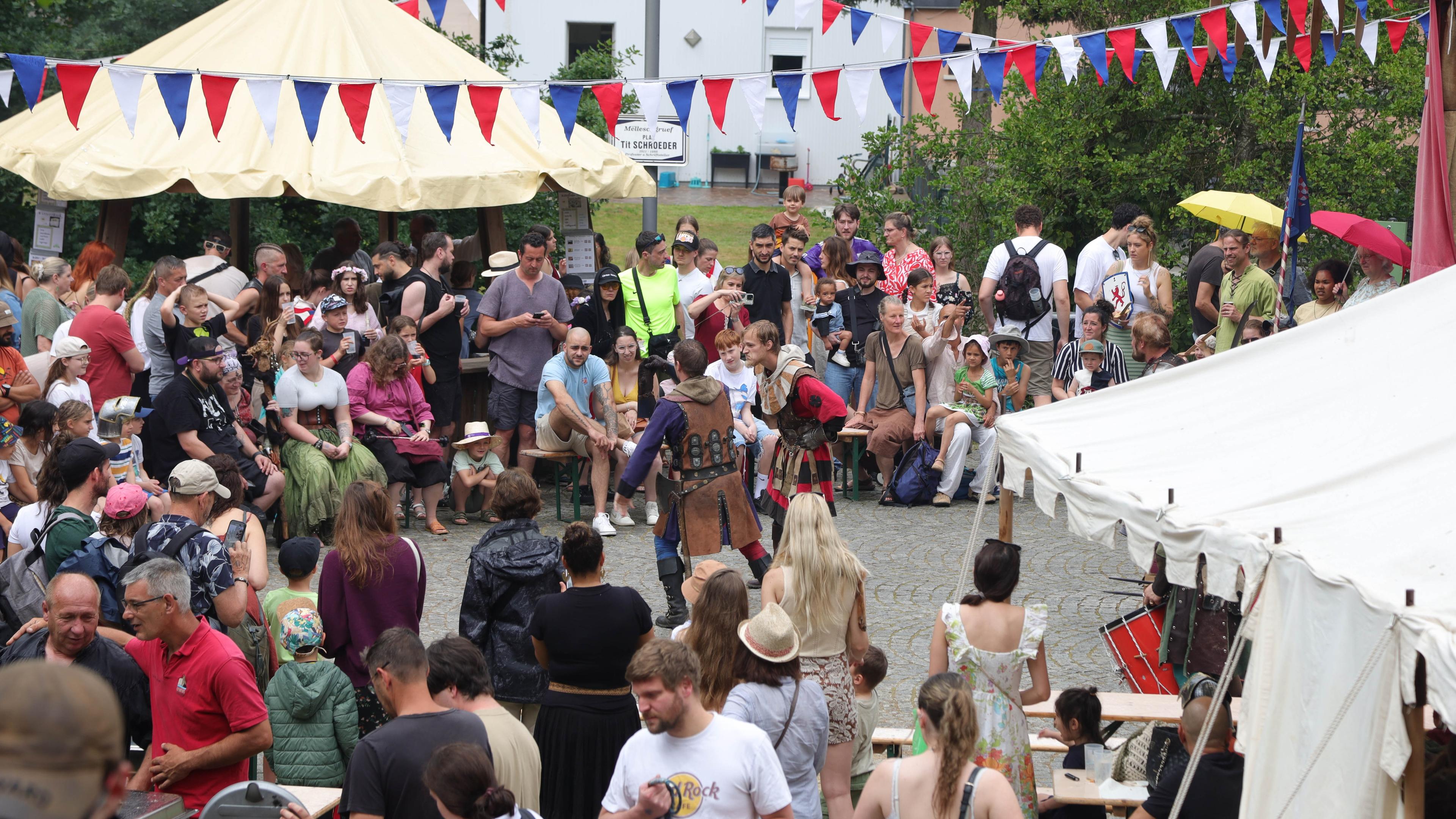The defenders of Osowiec’s fortress were resurrected from their dead
Protagonists
We go back to 1915, the First World War first half with the story. As they say in boxing, the blue – guest – corner of the 20th century. The big cannon of the first decades of the 20th century, the German general, Paul von Hindenburgin the red – domestic – corner of the previously unknown, Russian, Vladimir Karpovich Kotlinsky Lieutenant.
Antecedents
It is not new to the Russians that they are afraid of something from the west of them, that is, to protect the borders of the empire, fortifieds have been built on strategic points. Osowiec It was also such a strategic point in the late 1800s. So they built a pretty pretty little fortress that occupied the two shores of the Biebrza River, just a few dozen kilometers from the East Prussian border. In the only place, near and far, where it was possible to cross the extensive swamps of the area. So imagine the right center of a swamp and a river and a not small fortress.
Came the First World Warthe Germans went east – this was customary in the event of a war and later – the Russians looked west, but at home, something began to raise something that later became a big problem with the world, see communism. But only two years later, because at the time of our story Even the tsar was the Lordwho was in the unfortunate situation that he had to back down from the enemy to the east. They only spent so much money on Osowiec, the site of our story – and add to the fortresses of Kovno and Novogeorgijevsk, that they were sorry to give up. But it was only preserved in a way as well, the Tsarist troops retreated largely from early 1915 to the heart of the empire.
The Germans come
So, the German fortress (Osovject, Russian), which had just been outlined, arrived in the autumn of 1914. They did not come from afar, as we wrote above, the border of East Prussia was about 50 kilometers away. So tens of thousands arrived and started the siege. The match – sorry – battle was not short and the first siege did not work well, usual World War I, artillery blows with various, large enough space -sized guns back and forth, seizure and everything you need. The Germans could not occupy the four fortress fortresses. Not even the external defense line.
In February 1915 They were in the second round. By then, the Russians had to retreat, but they successfully defended their jobs. However, the Germans were so close to the fortress itself, that is, the buildings that they had already reached and fired directly with the artillery. Within a week, 250,000 (!) Artillery projectiles crashed in the fortress area. There are many dumplings. Occasionally, the German Air Force also tossed bombs at the Russians. (Do not think of stealth, but the canvas -winged, open pilot, only by the Lord God, the buoyancy and a contemporary engine, for the otherwise very nice flying,
The fortress buildings collapsed, and the fortresses connecting each fortress were destroyed. However, despite all the devastation, the Germans did not break the line around them. So the well-proven) actually didn’t work) Tactics: they dug themselves around. The second siege, which began in February, lasted until July.
A tiny but important fact before the last round
The third round began in July 1915 – good, third siege. Today’s Poland Thus, the fortress of the Russians was then tried to take it for the third time by German soldiers. We almost missed an important thing from the story, the number. In the Russian fort by this time roughly 900 people stayedsoldiers and militants mixed. And there were not many more before. The besieging Germans came with ten thousand soldiersLed by General Paul von Hindenburg.
Third round
One could always be extremely inventive when they had to figure out tools suitable for destroying other people. The Germans were such ingenious. Given that 14 battalions, dozens of heavy artillery tools and pastors could not defeat the 500 soldiers of the 226 Zemmjansky infantry regiment and or 400, also the militant in the fortress, called for science.
Within it, chemistry – it was fashion at the time – and even within it chlorine gas. It was fashionable anyway, as was the use of other gases for mass destruction in the event of war, until they were banned. Okay, they were banned before, in 1899 and 1907, but no one was interested, especially the Germans. Actually, chemical weapons are still forbidden, but let’s not be surprised if in war zones Or, for other evil purposes, I would use them here.
Returning: Chlorine gas is toxic, fatal. Not only is it fatal as a head shot, but one inhales and lungs, which the unfortunate soldier spit on in bloody cafes. It also causes wounds similar to burns on the skin. The Russians had no gas mask.
The Germans attacked thirty with chlorine gas applied. According to legends, the birds also fell from the sky as the huge cloud of gas reached the area. They waited until the gas had definitely exerted its fatal effect and infantry began to march by virtually then – With the exception of the central part – To the Russian fortress equal to the earth.
The attack of the dead
In two dense lines, the Russians dying at the outer defenses were slaughtered and entered the former fortress, among the ruins. In the belief that there is no living man’s son there. Only the dead.
And that’s when the « attack of the dead began. » Because it is true that the Russians did not have a gas mask and did not even hear much about the combat gas they had deployed against them. There was something – or somebody else. Vladimir Karpovich, Lieutenant Kotlinsky, is the only officer survived by then. Kotlinsky saw the German preparations and had knowledge of the nature of chlorine gas. He knew it would be a huge problem, so the remainder of the Russian garrison, about 100 people, which he believed would be less would reach the gas, had deducted to the highest possible point in the area. He instructed everyone to roll his rag in front of his face, even his own levied shirt and underwear, slowing the gas entering the respiratory tract.
This hundred soldiers, covered with bloody rags, spit their bodies, spitting their own lungs, and, due to their gas -destroyed vocal cords, went silently, nailed to the Germans. The German infantry, which is largely also of simple people, was so shocked that they really thought the dead were resurrected. They panicked and simply fled from the hundred half -dead, silent, dying Russian, quite simply fled.
Some of the Germans were stopped by their own barbed wire obstacles, so the Russians were able to fire them with their weapons. From a few recollections and the surviving diary of the regiment, the unexpected counterattack made it possible for the surviving Russians to take over the fortresses of the fort.
Heroism. Did it make sense?
Some people say heroism like this, as when the 900 defenders do not give up against 10,000 attackers, it makes sense. It is up to everyone to decide: well, the third round lasted from July to August 1915. Only a few days after the « attack of the dead », the retreat and Osowiec of the Russian army were ordered just a few days ago, as if it had never been, had to leave some members of the remaining garrison. As if the fort had never been on Russian hands.
At the end of August, the Germans marched nicely and used the remaining central as a prison.
The following short film is one of the memories of the fortress and its heroes, you do not need to know any language to understand:
What happened to your fortress?
The fort is today in Osowiec-Twierdza, Poland today. Tourists can be partially visited. Some parts are used by the Polish army.
The story of Lieutenant Kotlinsky and his « dead » men were processed by a band and a movie. They also made a Russian memorial stamp in 2014. Lieutenant Kotlinsky, by the way, died the next day of his successful counterattack. To the dust of peace.
Was your story a legend or not? Everyone decides themselves.




